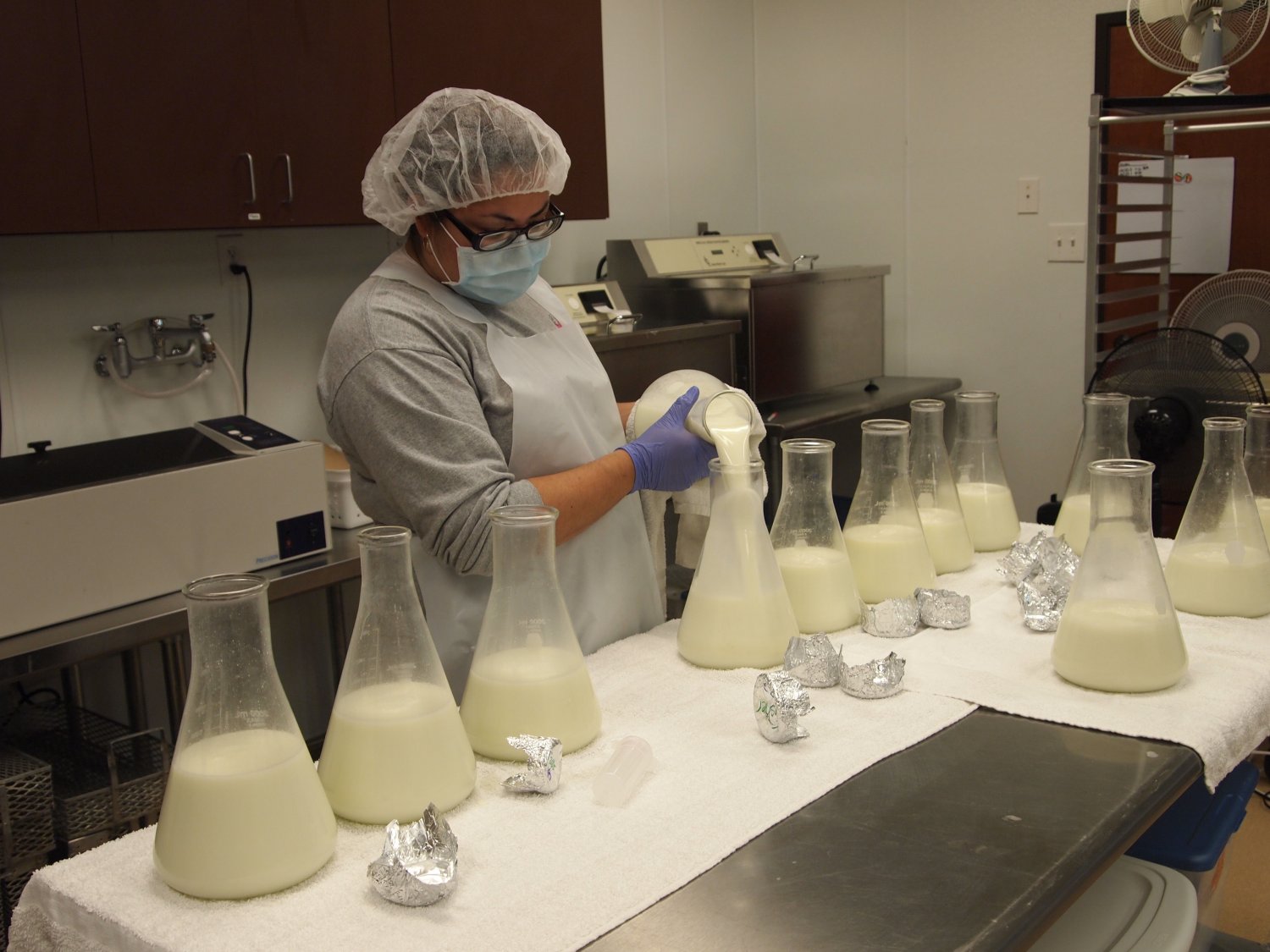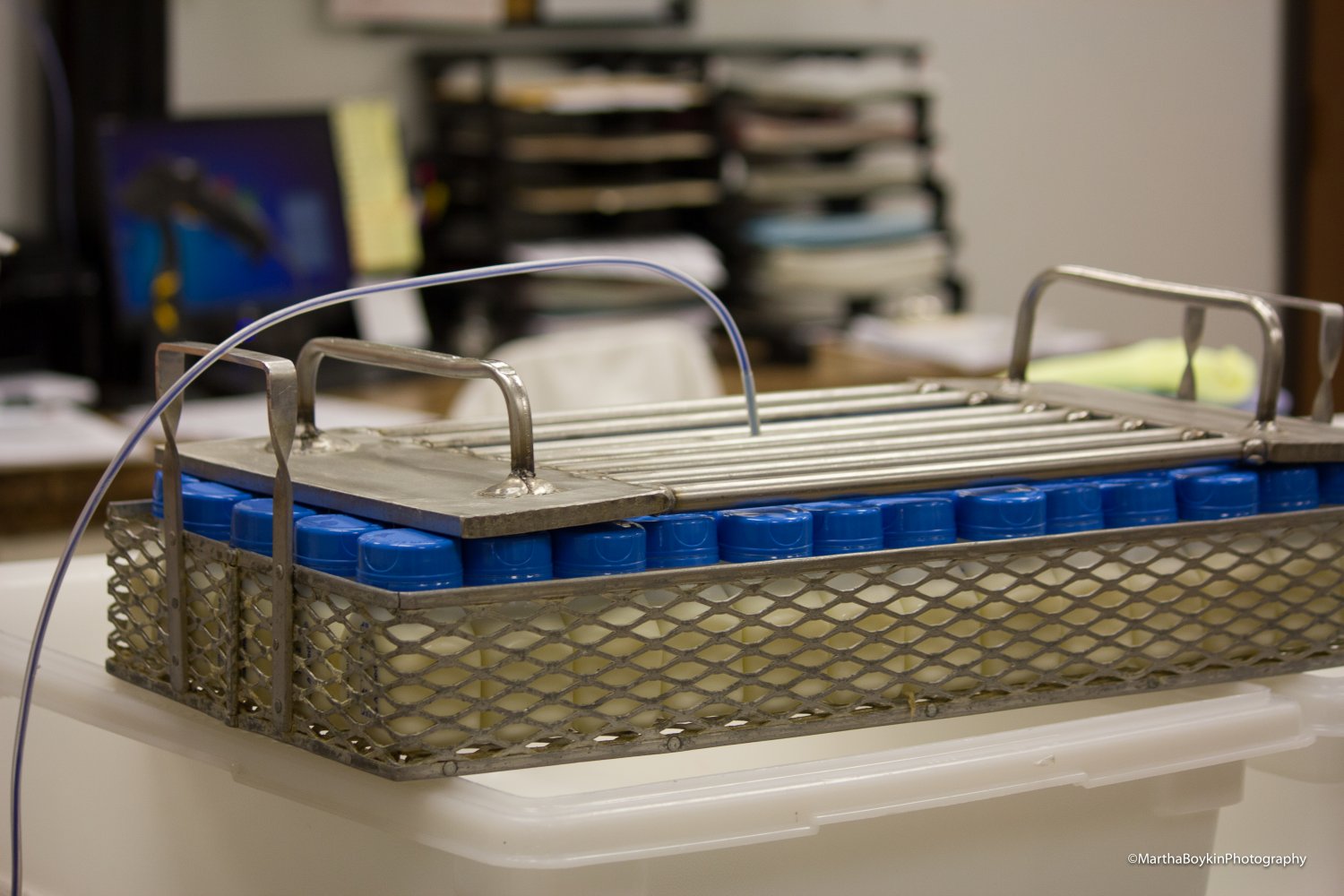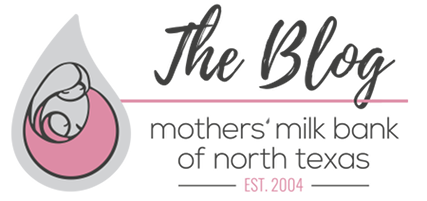Banking on Donor Milk
Thursday, 5/19/2016
Milk banking: it’s a practice that is ingrained in the everyday lives of the team at Mothers’ Milk Bank of North Texas. However, many people in our community and beyond aren’t as familiar with what it involves, or may not be aware of it at all. What may seem like a new concept to some has actually been around for thousands of years.
Donor milk began with the practice of wet nursing. If a mother was unable to breastfeed her child, another woman would step in and feed that child with her own milk. Evidence of wet nursing can be found as far back as 2250 BC, when Egypt’s Code of Hammurabi described the characteristics of a good wet nurse. As people became aware of potential disease transmission through this practice, wet nursing lost popularity, particularly by the early twentieth century.
In order to better organize breastmilk donation, the first milk bank opened in Vienna, Austria, in 1909. Two other milk banks opened in the following 10 years – one in Boston, and one in Germany. Early milk banks provided a place for collection and storage of milk, thanks to improvements in food safety and refrigeration. Milk banks continued to open around the world, and in 1985, the Human Milk Banking Association of North America (HMBANA) was established.
However, milk banking entered an uncertain phase in the mid-1980s for fear of HIV transmission. Many milk banks closed, but after thorough screening and testing, the safety of donor milk was assured. By the 1990s, the number of milk banks across the globe increased.
The importance of milk banking is simple: breastmilk is a game-changer for preterm and critically ill infants. Feeding babies an all-breastmilk diet can lower the risk of necrotizing enterocolitis, a severe and deadly intestinal disease, by 79 percent. It also decreases the risk of late-onset sepsis, or blood infections after the first week of life. The American Academy of Pediatrics recommends, “If mother’s own milk is unavailable despite significant lactation support, pasteurized donor milk should be used.”
Mothers’ Milk Bank of North Texas opened its doors in 2004, and since then has dispensed close to 3 million ounces of donor milk to needy babies in North Texas and across the country. Breastmilk truly is liquid gold, containing nutritional properties that can’t be found anywhere else.
For more information on Mothers’ Milk Bank of North Texas, click here.


